OnePlus has come of age over the last couple of years, leaping forward in terms of technology and resulting sales figures. The brand is producing great quality phones, leading the market in specs for price, without the financial pain that other company flagships can cause.
This year the OnePlus 7 Pro made quite an impact, impressing Scott as well as a host of other tech journos from around the globe. With the move towards bezel minimising and screen real estate maximising design, the OnePlus 7T really hits the marks.
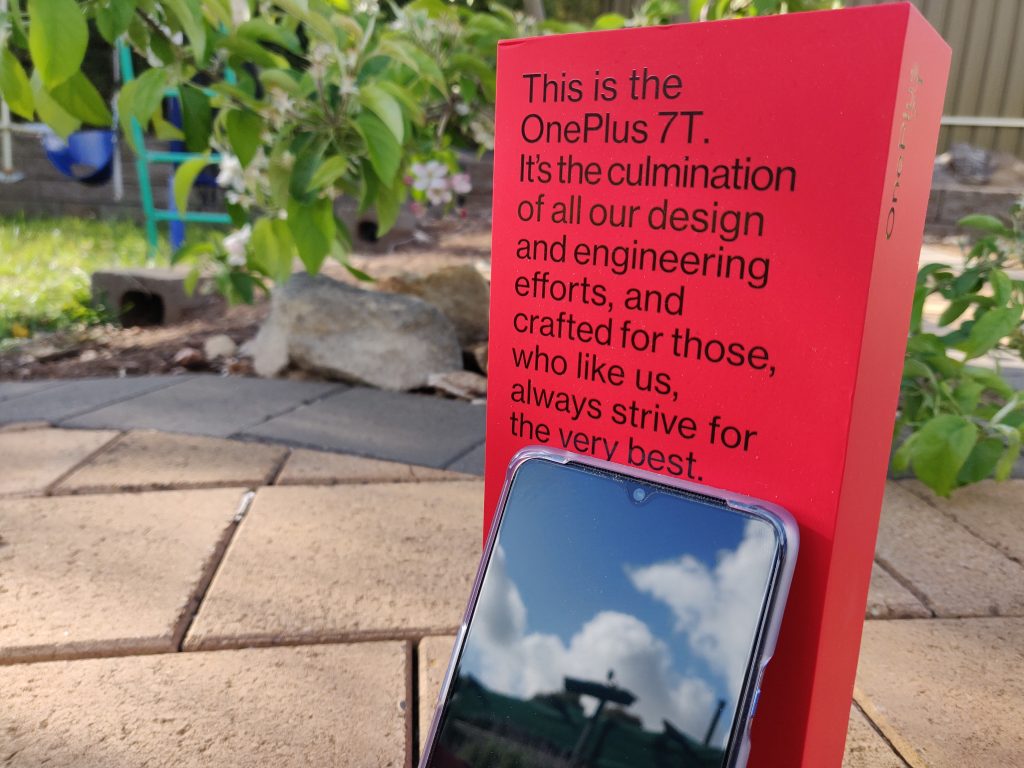
It’s not perfect, but it’s another big step forward from previous devices. But enough of the preamble, it’s time to take a closer look at what the OnePlus 7T has to offer.
| Pros | Cons |
|---|---|
| Screen is gorgeous with 90Hz | The Notch… |
| Hardware is really slick | Notification slider is easy to accidentally put to vibrate or silent |
| Camera is another big step forward | No IP Rating |
| Face Unlock is the best I’ve used | No wireless charging |
| Very Affordable | No 5G (for those that it’s important to) |
What’s in the box?
It’s important to keep in mind that the review hardware is sent with some extras, so when the courier arrived with the package containing the OnePlus 7T I got an amusing message from my wife, essentially asking if it was a phone or a laptop. Not because the phone itself was that big, but the box is huge and it has a lot of stuff in it.
Obviously there’s the phone, charger and cables. You also get a pile of paper explaining design philosophy, a lovely notepad and my personal favourite – several cases to choose from.

Bear in mind, though, that the retail packaging won’t come with all this. Retail customers will get:
- The OnePlus 7T smartphone
- Clear TPU case
- Quick Start Guide
- 30W Warp Charge power brick
- Quick Start Guide
It’s a huge positive in my eyes that OnePlus include a case in the retail packaging and if you like good quality cases, they also make some brilliant first party cases that not only look and feel great but (obviously) fit the phone perfectly.
When you take the phone out of the box, you’re greeted with a gorgeous aesthetic. The unit we received is the glacier blue and I really like it. The colour is really pleasing to the eye, it “pops” in bright light and is very eye catching – particularly in comparison to the standard blacks that are out there.

The hardware is special and offers great value
OnePlus has continually delivered quality hardware that meets the wants and needs of users. They’ve learned from mistakes and over time become a contender in the market. This has helped them develop the reputation they have for delivering a smooth and fast user experience.
Visually the device has some features that are quite eye catching. I’m a particular fan of the narrow side bezels, although the top and bottom are larger but not overly so to the point of being unsightly. I’m really happy to say that fingerprints aren’t drawn to the phone like a magnet – but they do show up!
There are a few stand out specs on paper that rate standalone mention as items of interest.
With battery longevity being the current battlefield, the Warp Charge 30T is where I want to start this. The simple fact is it’s really fast! While it does require a power converter (the phone comes with a US plug) my testing has shown that the Warp Charge 30T power brick will take your 7T from flat (enough to trigger a shutdown) to 75% battery in half an hour. Alternatively, if you’re looking for that last bit of battery, full charge is achieved in just over an hour.

At the heart of the OnePlus 7T is a Snapdragon 855 Plus which includes an Adreno 640 GPU. 8GB of RAM and 128GB UFS 3.0 storage aid in the continued high performance of the 7T. Adorned with the suite of connectivity you would (and should?) expect from a high range device in the current era. NFC, Wi-Fi 802.11 a/b/g/n/ac and Bluetooth 5.0 (A2DP, LE, aptX HD) but there is no headphone jack which to be honest I haven’t really missed since switching to wireless headphones in day to day life.
The biggest issue for me with regard to the hardware is the whopping great ledge that the camera lenses reside in. If you’re not putting this phone in a case, I think you’re going to find that very intrusive and probably annoying when it gets in your way putting the phone in your pocket. If you put the phone down with the screen up, it does protect your camera from scratches but it honestly just feels like too much.
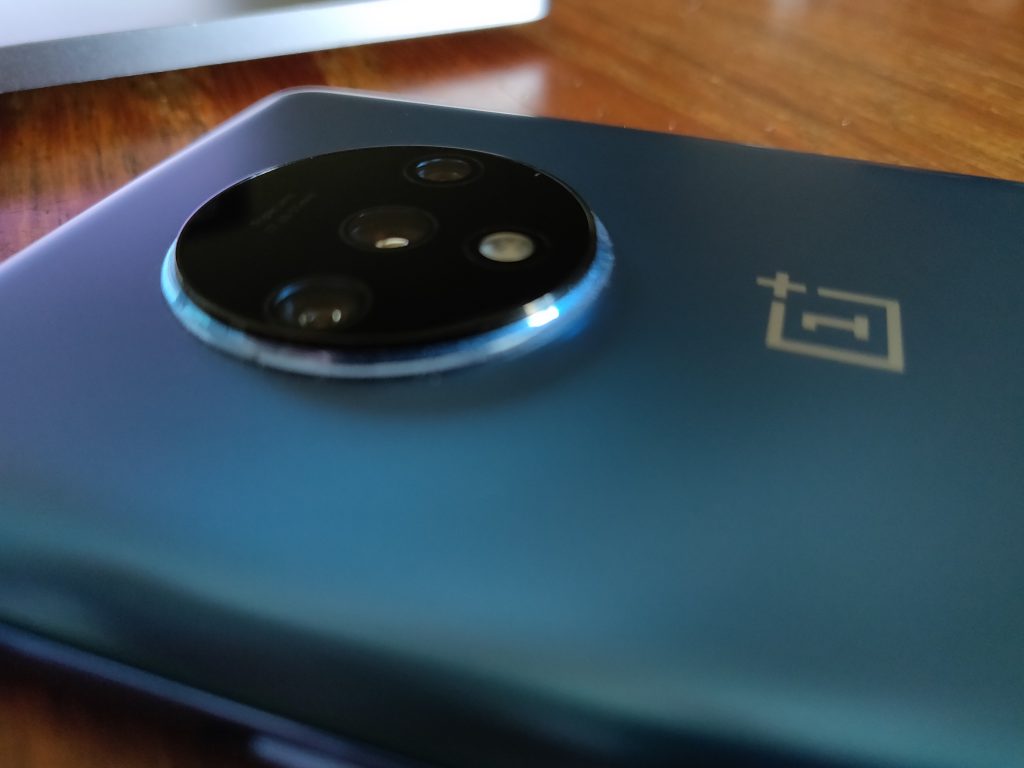
The look of the device
Moving past the deep camera lense setup, I’m really enjoying the look of the OnePlus 7T. I’ve had some mixed feedback on the notch which I feel, is actually pretty small. It’s a teardrop notch centred in at the top of the device. Whether this is a wise decision or a poor choice from OnePlus will be seen in 6 – 12 months time if we’re seeing high numbers of reports of pop-up selfie cameras failing. For those that have purchased a phone with this feature, I hope it doesn’t happen.
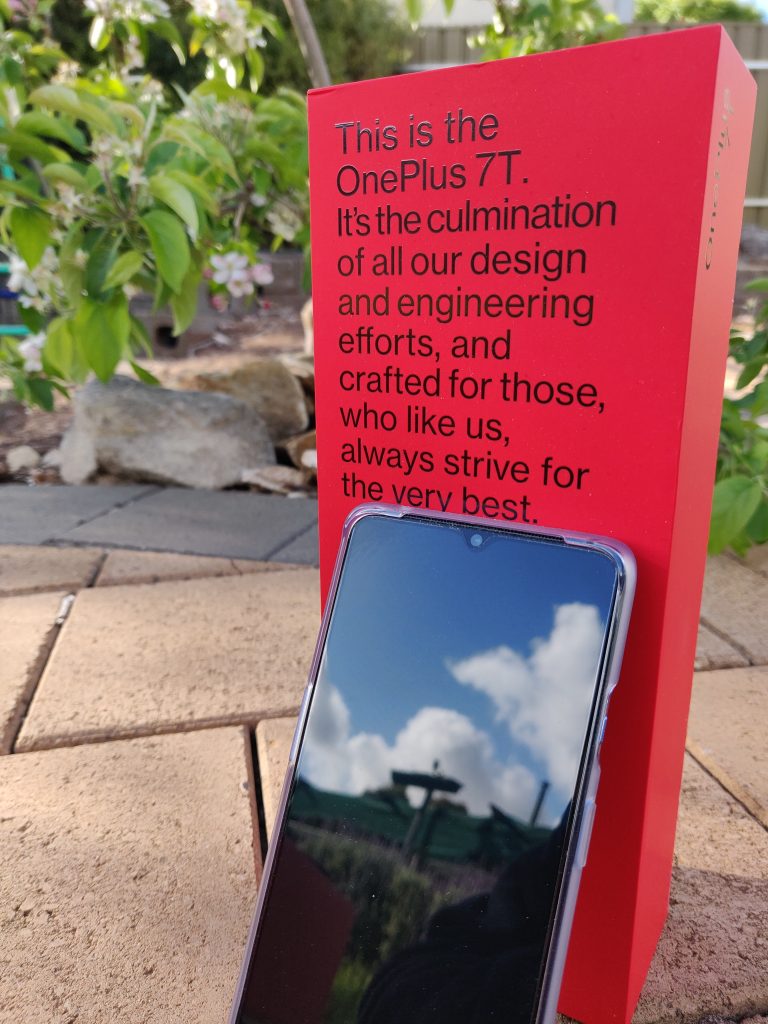
With that in mind though, and as mentioned already the screen as a whole is gorgeous. There’s really thin bezels which maximise the available screen space in the physical chassis of the phone.
The screen comes in at 6.55-inch 20:9 aspect ratio, 2400 x 1080 resolution at 403ppi, HDR+ certified (significantly reduces blue light), in display fingerprint reader and the bit I really want to get to – 90Hz refresh rate. I’ve tried for the last 20 minutes to describe how this affects the experience and I’m struggling.
Despite the fact it’s “only” 1080P, the display on the OnePlus 7T is one of the best I’ve ever seen on a phone
Ultimately, it makes the visual experience so smooth. Navigation around the menus is slick and video playback is liquid smooth. The presentation is bright, crisp and importantly for users on their phone a lot during the day – it’s very easy on the eyes.
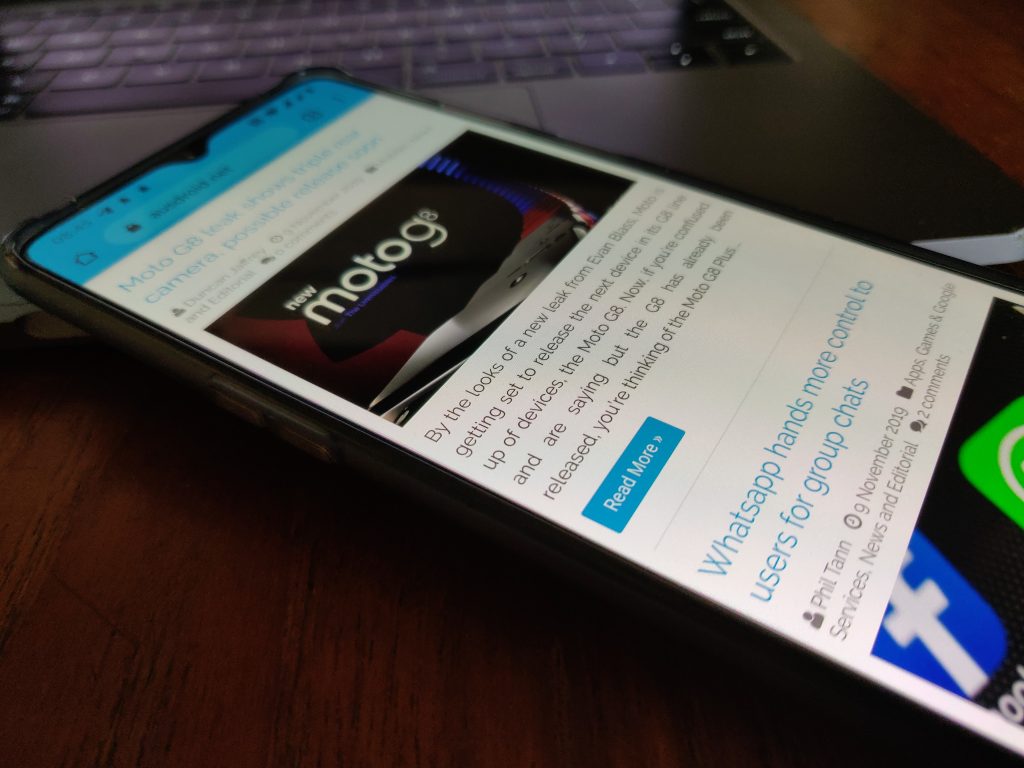
It’s not perfect and there are screens with higher resolution. Can you tell the difference, side by side – absolutely! But as a stand alone device, If I were to really nit-pick at the screen the only real fault I can find so far would be the false touches that my big clumsy Wookie hands create. Not really a fault of the OS but perhaps some more intelligent detection against these would be welcome. Particularly with gestures being so integral to the Android 10 experience.
Unlocking the device
There’s been some discussion around the unlocking pathways for the latest batch of devices. The Pixel 4 had an interesting decision made by the software team to not require your eyes to be open for face unlock to work. OnePlus setup can be somewhat more labour intensive than others I’ve used, but the face unlock is fast and very accurate. Eyes open is required so you need to try to unlock the device, not have someone point it at you while you’re sleeping or not paying attention.
I’m OK with the in-screen fingerprint reader, but not thrilled to the core. The reason for this is that it works, but it is not particularly quick or 100% accurate. If have the phone on my desk it won’t trigger face unlock – so I use the fingerprint. But if my finger doesn’t sit square on the screen quickly enough that fails. A minor frustration in the grand scheme, but worth noting that it’s not 100% all the time. In fairness to OnePlus, I haven’t seen an in-screen fingerprint reader that is perfect.
As you can see from the initial description of the device, there’s a lot packed into a reasonably sized device. The phone itself measures in at 160.9 x 74.4 x 8.1mm but perhaps the really impressive bit is the weight which is only 190g. Honestly though, I’d happily sacrifice an extra half millimetre of depth (to around 8.6mm) for a touch of extra battery. I’ve not really had any major issues with battery, but my use case is somewhat unusual with regular drives in my car plugged into Android Auto.
Oxygen OS 10 is near to stock and easy to use
To my understanding, the OnePlus 7T is one of the first devices to ship worldwide with a version of Android 10 on it. I’ll be really honest, I grappled with whether to stick with tried and proven on-screen controls (home, back and task switch) or to go with gestures at first boot of the 7T. I figured go big or go home right? I won’t go back, it’s too easy and the screen real-estate you recover is a win in my book even when I have some intermittent issues with them.
What I was seeing was minor issues in triggering the gestures, particularly the home and multitasking/switch app gestures which both are triggered at the bottom of the screen. The home gesture being a simple swipe up, the app-switch is a swipe up and hold to display the recently used apps. I would regularly trigger the switch instead of home and vice versa. As I’ve adjusted more to the gestures and developed the muscle memory needed for the gestures this reduced.
What has kept me coming back to OnePlus devices of the last 2 years is the near stock software. I know it’s not absolutely stock, but the implementation here includes a lot more than the out of the box updated that the Android OS offers. That extends **
I’ve already mentioned the gestures, you’ll get system wide dark mode, some significant optimisations that OnePlus has put into the mix as well as some more proprietary options.
A couple of these that I have found myself using regularly are:
- Reading Mode: Cuts the blue light to make getting to sleep easier
- Gaming Mode: Blocks notifications and interruptions to your gameplay
Another big like of the Oxygen OS system for me is that OnePlus don’t have any delusional pathways. By this, I mean that they’re not trying to take something that’s a system default and pretend it’s their own invention.
I love being able to double tap the power button (I know this is a standard Android function, but this is fast!) as I’m taking the phone out of my pocket to launch the camera. This means that by the time I have the phone screen in my view, the camera is running and ready while reducing the chances of me missing really precious moments with my family. If you’ve got kids running around, you know as well as I do that some moments are only fleeting and capturing them is magical. I’ll detail more about the camera later in the review.
Something I experienced only a few times during my review period with the OnePlus 7T was freezing of some apps. I discovered that there is an overlay issue with a few apps, one of them being Chrome – Once this was disabled, I haven’t seen it since. I’m mentioning this, not as a fault, but as a caution to other users of Android 10 who are seeing this issue.
Really there wasn’t a lot to complain about with the OnePlus 7T. The phone looks great, feels amazing in your hands has good (not brilliant) battery life and an excellent camera. Really, what’s not to like?
The camera is outstanding!
The OnePlus 7T sports a triple camera setup which I’ve been very happy and very impressed with. For someone like myself who wants to whip their camera out, take a photo and know it will be a good one first shot – this thing is perfect!
The rear facing setup is a triple camera array. On offer is a 48-megapixel (f/1.6, 0.8-micron) + 16-megapixel (f/2.2) + 8-megapixel (f/2.4, 1.0-micron). I’m no professional photographer, so aside from the aperture sizes making a big difference and knowing that the quality of the optics (megapixels do not make the camera good) I take the paper based camera specs as a guide and like to take a look at the resulting photos to make my decision on if it’s the right camera for me.
For a lot of users, the specs are a bunch of meaningless fancy numbers. Let’s take a step back and look at the basics. It’s a 3 camera setup and the three lenses each play their own part in capturing some top quality photos. Through a variety of lighting conditions, like any device I’ve had a few bad photos but they’re by far the exception than the rule. Not having had personal hands on time with the latest batch of Pixels, this was only (following the Xiaomi Mi9T review) my second look at a phone with night photography capacity and I’m really impressed.
What I like about the camera software is the absolute ease of taking a really nice photo. It’s not a hugely customised version of camera software that takes time to learn like like some of the more customised setups. OnePlus has done a great job of making this a point and shoot camera, but if you want to move into the realm of having more control over your photo capture – there’s a heap of functions there that you can use. You can go to the full 48MP if you want to, or even capture RAW images but unless you’re doing a lot of very high end photo editing I’d suggest that’s significant overkill and a huge waste of space.
Night Sight
Night mode photography on a mobile phone is a relatively new addition to the world when Google stunned us on the Pixel 3. Plenty of other phones since then have had great night capabilities and I’m not saying this is a competitor to Pixel devices, but the implementation by OnePlus is very good. The capture takes a couple of seconds, but the results are stunning. The light and colour capture is amazing, giving an almost fantasy like image in the right conditions. You can even capture some amazing images without the use of a tripod. There’s some impressive computation that goes on to capture details in very low light to dark conditions.
The photo samples I’ve taken are pretty solid proof that it’s very easy to get some great photos with minimal effort. Aside from a few photos that I’ve carefully targeted, what you see is point and shoot options.
Should you buy one?
If you’re after a phone that is reasonably priced, performs really well, has a great screen, good battery life and excellent camera yes. There is a bit of a problem with that though, there’s not really a simple option for buying them.
There are a couple of online options such as eBay and Kogan, but no retail presence where you can get some hands on time as you would with the bigger players. There’s also the cost variability with online purchasing that will quite likely concern some users but about the $740 – $820 mark. This is the same outright purchase cost range as the S10e, Pixel 3 and Galaxy S9 device ranges which are between 8 and 18+ months old – but you’re getting so much more.
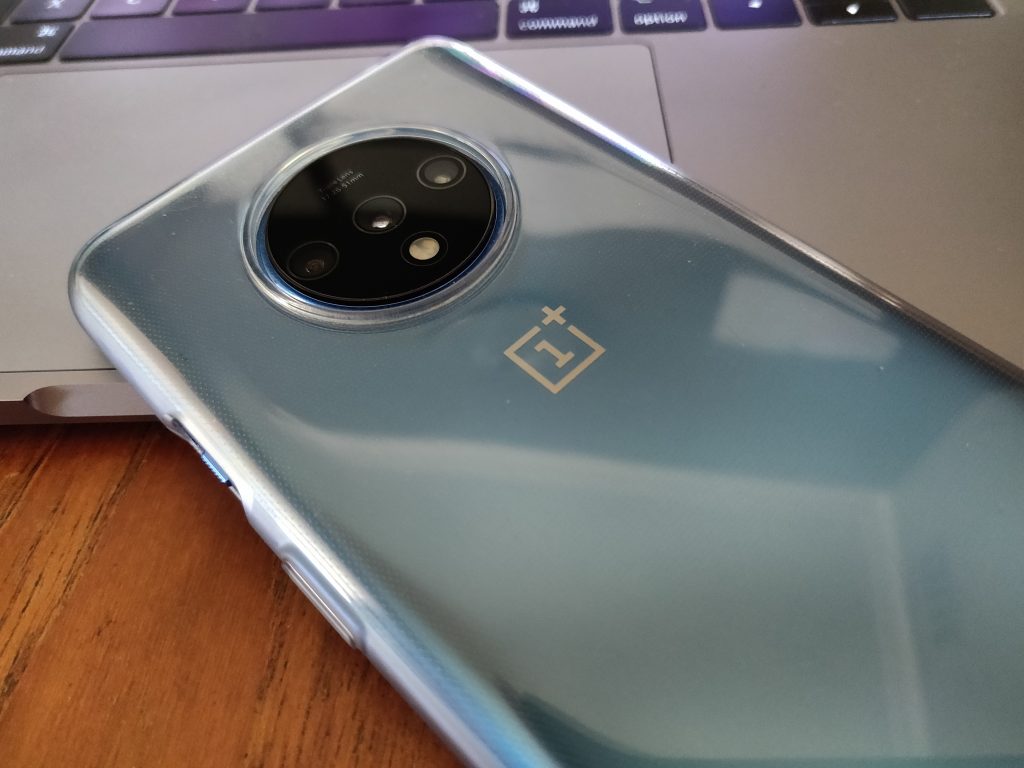
The other thing to consider is 5G options. If you look at the (currently available) data, it shows that we’re very lucky in Australia with our 4G networks and at least for now – 5G doesn’t really offer massive gains and will likely cost extra per month once available. So while it would be somewhat questionable to base buying at this time on access to 5G, if you’re going to keep a phone for 2 – 3 years it may figure into the decision now and if you must have 5G this isn’t the phone for you.
OnePlus has delivered yet another device that is seriously good. It’s fast, reliable and consistent in its performance. It’s not perfect though, generally it’s been more than enough for my daily needs but I have had a couple of close calls with battery life on big days which was quite concerning given I was out with the State Emergency Service at the time.
The camera is a point of reference that really makes this worth looking at when you consider it as complementary to the general performance of the device. I’m not just happy, but really impressed with the camera and camera software. It’s so easy to use and get really good results from the camera.

Another feather in the cap of the OnePlus 7T is just how good the hardware looks. The Glacier Blue device we’ve got is a really soft, pleasing colour that has been quite eye catching and got a lot of attention while I’ve been reviewing the phone even from Apple users.
The end result for Australian buyers is a great phone the presents exceptional value for money, but sadly you can’t easily get a hold of one in Australia.
Disclosure Statement
The device is being retained to monitor software updates.

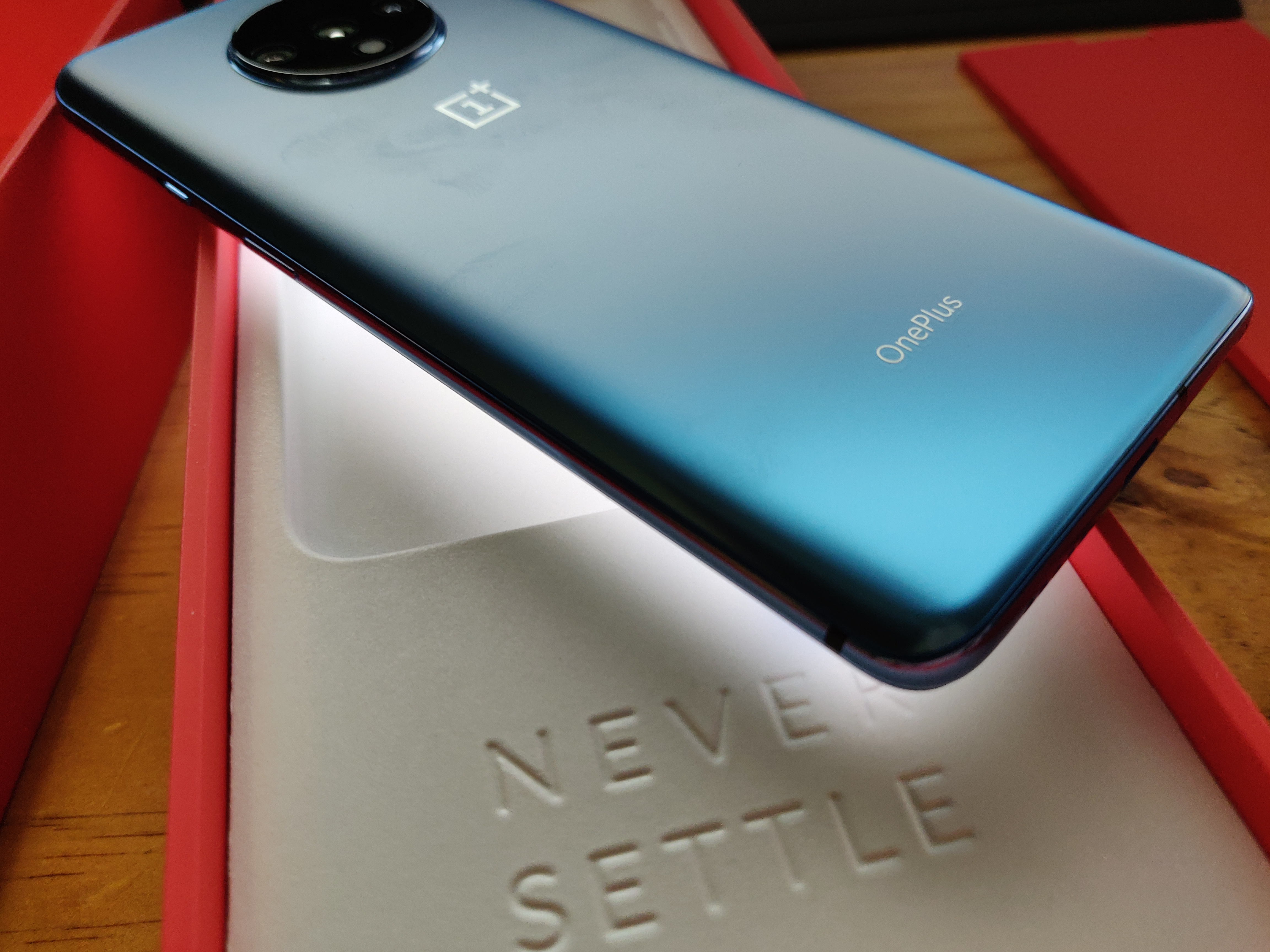




























Why do you put so much effort in writing such a nice review for a phone you can’t buy in Australia?
I would buy OnePlus in a heartbeat only if it was sold officially in Australia with *local* 24 month warranty.
Because a lot of ausdroid audience have considered Oneplus products or actually own one like myself. I find it interesting through that Oppo has launched its other brands here but not Oneplus.
OPPO are their own brand. Vivo and OnePlus are sister companies, all owned by BBK Electronics, not OPPO. But i agree that they should come here – they know there is a big following here so hopefully soon….
Tom on a OnePlus 6t. This OnePlus device. Love them. But at $1000+ won’t be getting another get import. Struggled at $600 to say yes to this one.
I’m surprised they sent a review unit out to a country they don’t officially sell to…